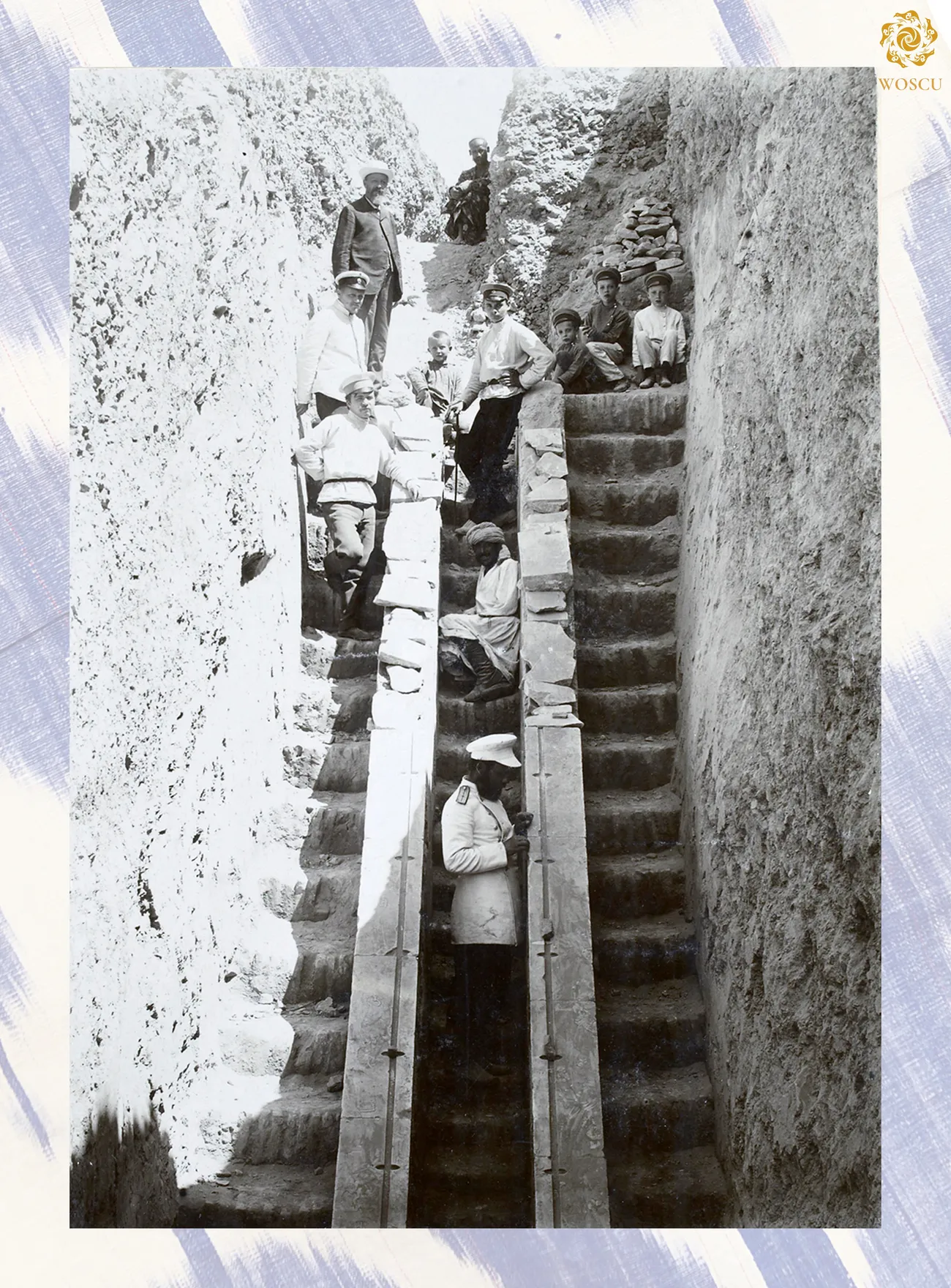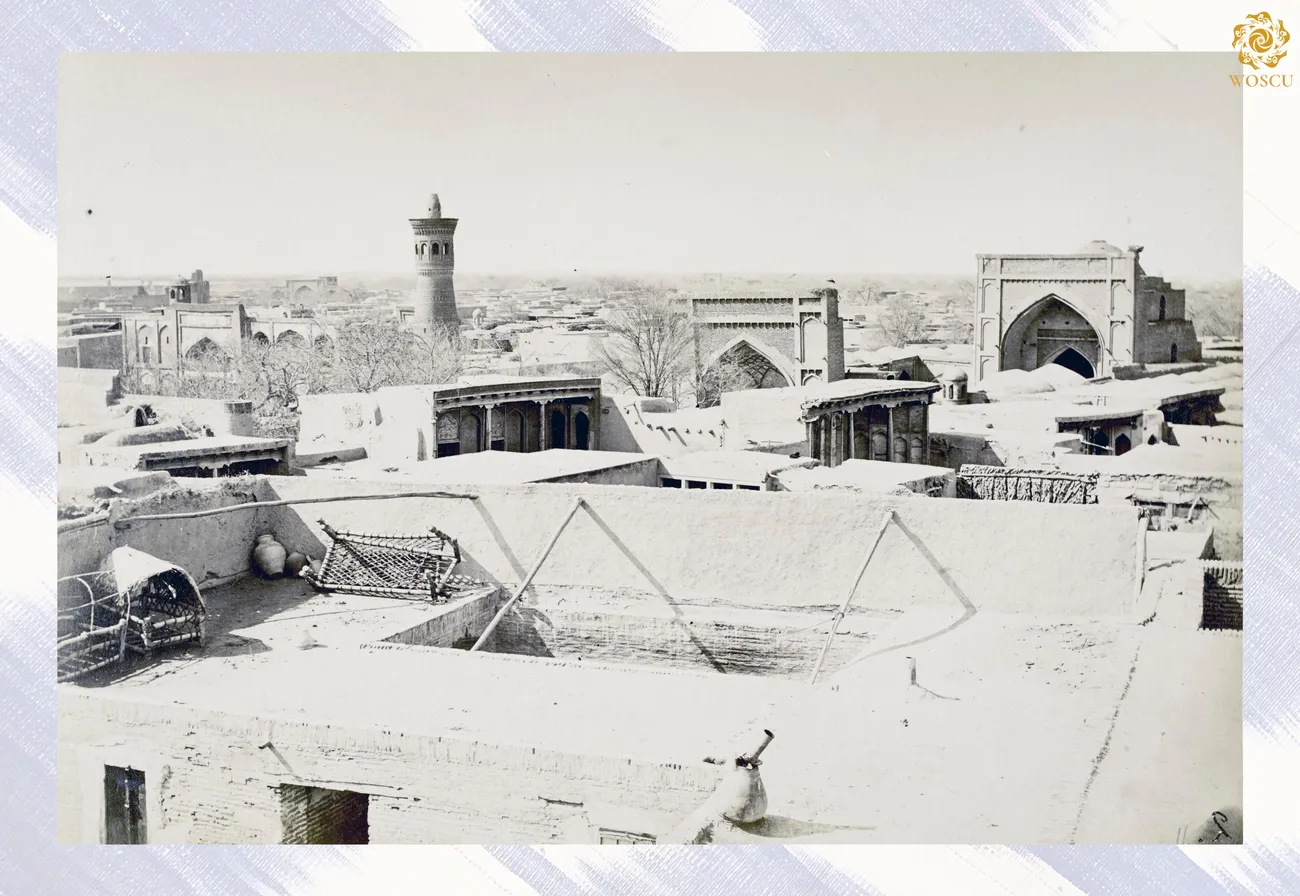First of all, they touched Tashkent – the capital of the region, as well as Samarkand, Kokand and some other cities in which industrial and processing enterprises began to appear, which became commercial, administrative centres of the Turkestan Governor- Generalship or through which the railway line passed. This led to an influx of immigrants from the European part of Russia – officials, military personnel, engineers, doctors, teachers and representatives of various working specialties. For their accommodation, the old cities were provided with new districts, and their territory was divided into two parts – “Russian” and “native,” as they were then called.
“Russian” quarters often arose on unfavourable lands, swamped or remote from water sources. But their development was fairly quick: streets were paved, roads were bridged, irrigation canals were made, European-type houses were built, trees were planted. The “Russian” part contrasted sharply with the layout and architecture of traditional residential urban neighbourhoods. At that time it was difficult to imagine that after a few decades these areas, located on the periphery of the ancient Central Asian cities, would not only fit into their boundaries, but also become their centres, and European architecture buildings would be adjacent to typical Eastern structures. Over the past century, the appearance of not only the “native,” but also the “Russian” part of the cities has changed, but those buildings that still survive, as well as medieval buildings, represent historical and architectural monuments of Uzbekistan.
You can learn more about the topic in the book-album “Uzbekistan in historic photographs of the 19th - early 20th centuries in the collections of Russian archives” (Volume XXXVII) in the series “Cultural Legacy of Uzbekistan”.
The general sponsor of the project is the oilfield services company Eriell-Group.


